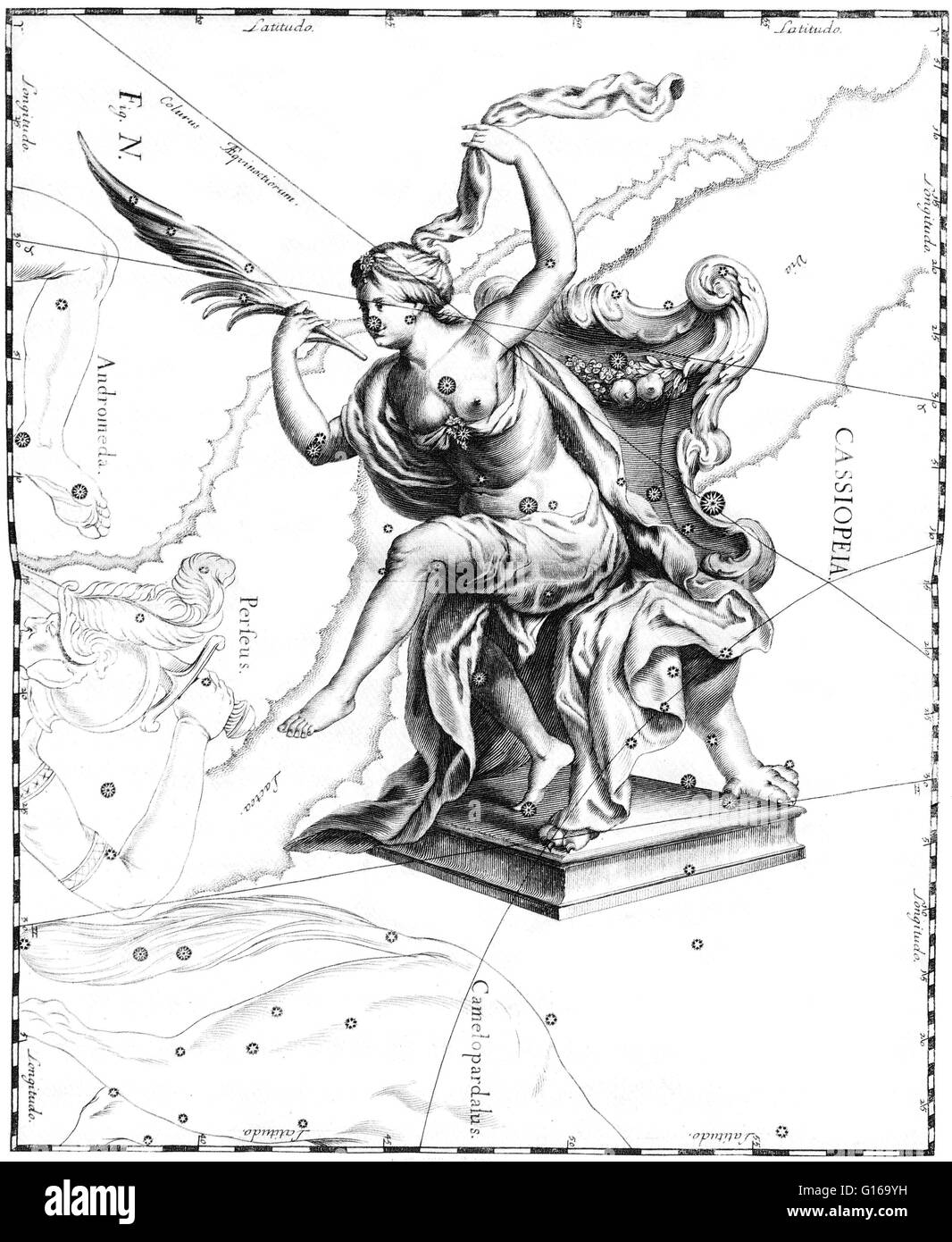
Poseidon agreed and he sent a flood as well as the sea monster Cetus (or Kraken) to destroy the coastline of Aethiopia.Īfter consulting with the oracle of Ammon (identified by the Greeks with Zeus,) located at an oasis near Siwa in the Libyan desert, Cepheus is told that he would be able to end the destruction of his country by giving up his daughter Andromeda in sacrifice to Cetus. Offended by Cassiopeia’s remarks, the Nereids approached Poseidon and complained, asking him to punish this mortal woman. This kind of attitude of extreme arrogance and pride, especially when a person claims being better than the gods, creates what’s known as hubris.

The story begins when Cassiopea starts bragging about how Andromeda is more beautiful than the Nereids. In Greek story of Perseus, Cassiopea was the Queen of Acrisios or Aethiopia, the wife of King Cepheus and the mother to Andromeda. In his Dionysiaca, Nonnus refers to Cassiopeia as a nymph, which given her parentage could accurate or it just refers to Cassiopeia’s beauty. Other depictions of Cassiopeia will show her holding a mirror to symbolize her vanity and in other depictions she is holding a palm leaf whose symbolism has been lost.įather – Coronus, a mortal, since there is more than one Coronus, it’s not clear which one is to be her father. The image represented in this constellation, shows Cassiopeia tied or chained to a chair as she circles the Pole Star where she can sometimes appear to be going headfirst into the water as part of her punishment and hubris with the god Poseidon. In more modern times, the Cassiopeia constellation is known as the Celestial “W” and Celestial “M” all depending on which way you’re looking at the W Asterism that characterizes this constellation. For the constellation, Cassiopeia refers to Queen of Andromeda and Perseus fame.Īs punishment from Poseidon for her vanity and haughtiness, Cassiopeia is described as being a chained woman in a throne or a Queen in her throne holding a mirror to represent her vanity.

In Greek mythology, Cassiopeia is the name of a few different women, all of whom were Queens for their respective country and area.


 0 kommentar(er)
0 kommentar(er)
